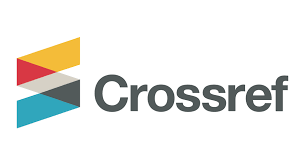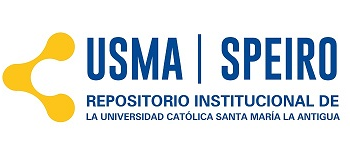Los niveles de organización ecológica: Una guía para administrar los recursos naturales y culturales.
Keywords:
Agriculture, economic losses and profits, governance, market niches.Abstract
Humans strongly impact nature and other humans thereby loosing profits by means of processes like
losses of soil fertility, drought, floods, and other disasters affecting agriculture and livestock. These
occur because of the implementation of decisions favoring one- or just a few levels of organization of
nature (e.g. single populations by means of monoculture) and the society (individuals) rather than
protecting other levels of organization like ecosystems, landscapes, villages and constellations of villages
too. Since some degrees of monoculture are needed in order to feed large cities, we offer criteria
to be taken into account before establishing monocultures. But shifting agriculture (SA) and the protection
of food products by Geographic Indications (GI) are examples of better practice: SA and GI
favor a wide number of levels of organization of both nature and societies thereby reducing losses.
SA adds value to farms by attracting eco- and agritourists and selling products to consumers willing
to pay a premium price for something “fair” and “authentic”. We expose the levels of organization of
nature and societies using illustrative examples ranging from mangroves and the Fukushima nuclear
disaster to agriculture, rural tourism and GIs, in order to decisions by managers to be both profitable
and sustainable.
Downloads
Downloads
Published
How to Cite
Issue
Section
License
1. The authors preserves the patrimonial rights (copyright) of the published works, and favors and allows their reuse.
2. The journal (and its contents) use Creative Commons licenses, specifically the CC BY NC SA type, where: "the beneficiary of the license has the right to copy, distribute, display and represent the work and make derivative works provided you acknowledge and cite the work in the manner specified by the author or licensor."
3. They can be copied, used, disseminated, transmitted and exhibited publicly, provided that: i) the authorship and the original source of its publication (magazine, publisher and URL, DOI of the work) are cited; ii) are not used for commercial purposes.
4. Conditions of self-archiving. Authors are encouraged to electronically disseminate the post-print versions (version evaluated and accepted for publication), as it favors their circulation and dissemination, increases their citation and reach among the academic community.











